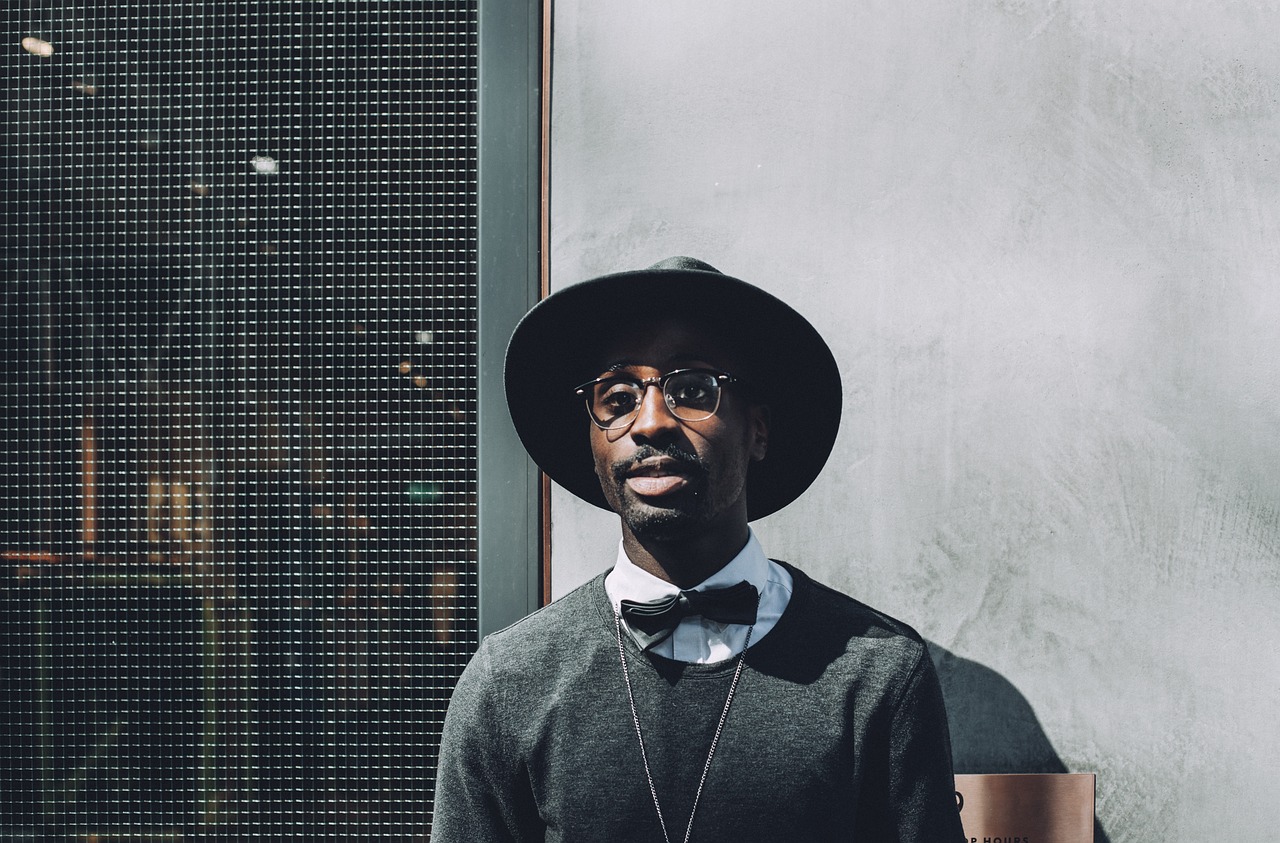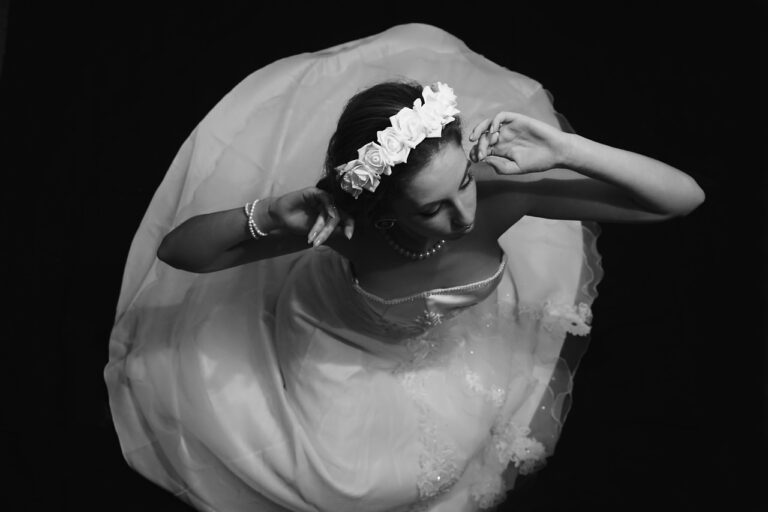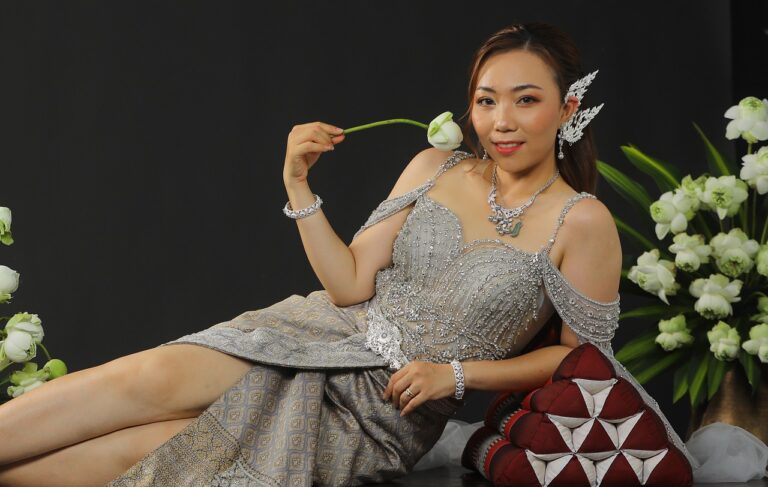Fashionable Food: How Culinary Trends Influence Designers
Food and fashion have long been intertwined, with each influencing the other in various ways. From runway shows to restaurant menus, culinary trends can often be seen reflected in the designs of top fashion houses. This article explores the fascinating relationship between food and fashion, highlighting how culinary innovations can inspire designers to create clothing and accessories that capture the essence of popular food trends.
Historical Influences
Throughout history, food has played a significant role in shaping fashion trends. In the 18th century, for example, the opulence of French cuisine inspired elaborate gowns adorned with intricate detailing and rich fabrics. Similarly, the vibrant colors of exotic spices from the East influenced the color palettes of fabrics used in clothing design.
Current Trends
Today, the impact of food on fashion is more pronounced than ever. With the rise of social media and the increased visibility of chefs and food bloggers, culinary trends spread rapidly across the globe. Designers are quick to pick up on popular food movements, incorporating elements such as vibrant colors, playful patterns, and innovative textures into their collections.
Collaborations
Collaborations between chefs and designers have also become increasingly common, with renowned cooks partnering with fashion houses to create limited-edition collections inspired by their culinary creations. These collaborations blur the lines between food and fashion, resulting in unique and unconventional designs that challenge traditional notions of style.
Texture and Taste
One of the most intriguing aspects of the relationship between food and fashion is the use of texture to evoke emotions and memories associated with specific flavors. Designers often experiment with tactile fabrics and embellishments that mimic the appearance and feel of various foods, creating garments that stimulate the senses in unexpected ways.
Color Palette
The color palette of a collection can also be influenced by food trends, with designers drawing inspiration from the hues of seasonal produce, exotic spices, and popular dishes. Bold, vibrant colors are often featured in fashion collections inspired by the bright and flavorful world of food, adding a playful and dynamic element to the designs.
Materials and Techniques
Certain materials and techniques used in fashion design can be directly linked to culinary practices. For example, the art of hand-painted textiles mirrors the precision and creativity of decorative cake frosting, while the use of innovative fabric manipulation techniques resembles the craftsmanship required in gourmet cooking.
Environmental Impact
As sustainability becomes an increasingly important concern in both the food and fashion industries, designers are looking to eco-friendly materials and processes for inspiration. The farm-to-table movement, for example, has inspired designers to create collections using organic fabrics and natural dyes, reflecting a commitment to environmental consciousness in their work.
The Future of Food and Fashion
As the boundaries between food and fashion continue to blur, the possibilities for creative collaboration and innovation are endless. From haute couture collections inspired by culinary masterpieces to accessories made from sustainable materials, the relationship between food and fashion will only continue to evolve and inspire new trends in both industries.
FAQs
1. How do culinary trends influence fashion designers?
Culinary trends can influence fashion designers by inspiring color palettes, textures, and patterns that reflect popular food movements. Designers may also collaborate with chefs to create unique collections that blur the lines between food and fashion.
2. How can food and fashion intersect in design?
Food and fashion can intersect in design through the use of tactile fabrics, vibrant colors, and innovative materials that evoke the sensations and emotions associated with specific foods. Collaborations between chefs and designers can also result in unconventional and trend-setting creations.
3. What role does sustainability play in the relationship between food and fashion?
Sustainability plays a crucial role in the relationship between food and fashion, with designers increasingly turning to eco-friendly materials and processes inspired by culinary practices such as the farm-to-table movement. This commitment to environmental consciousness is reflected in the creation of collections using organic fabrics and natural dyes.






